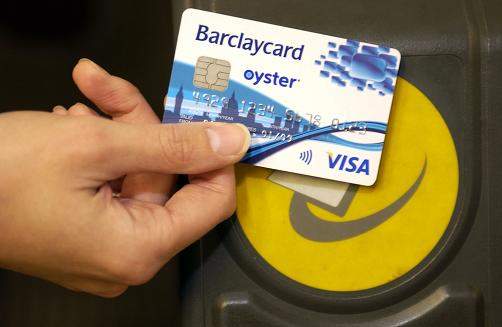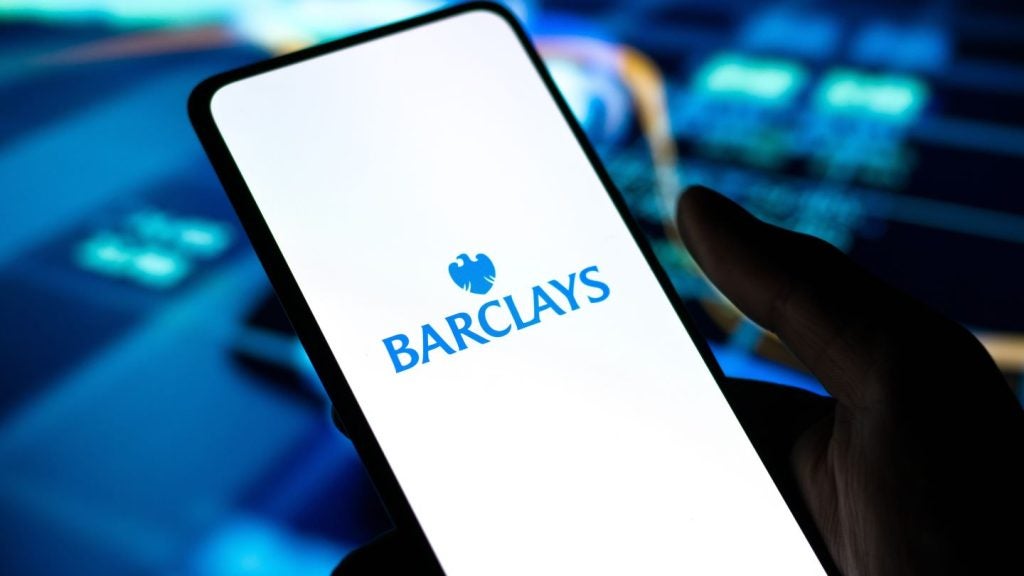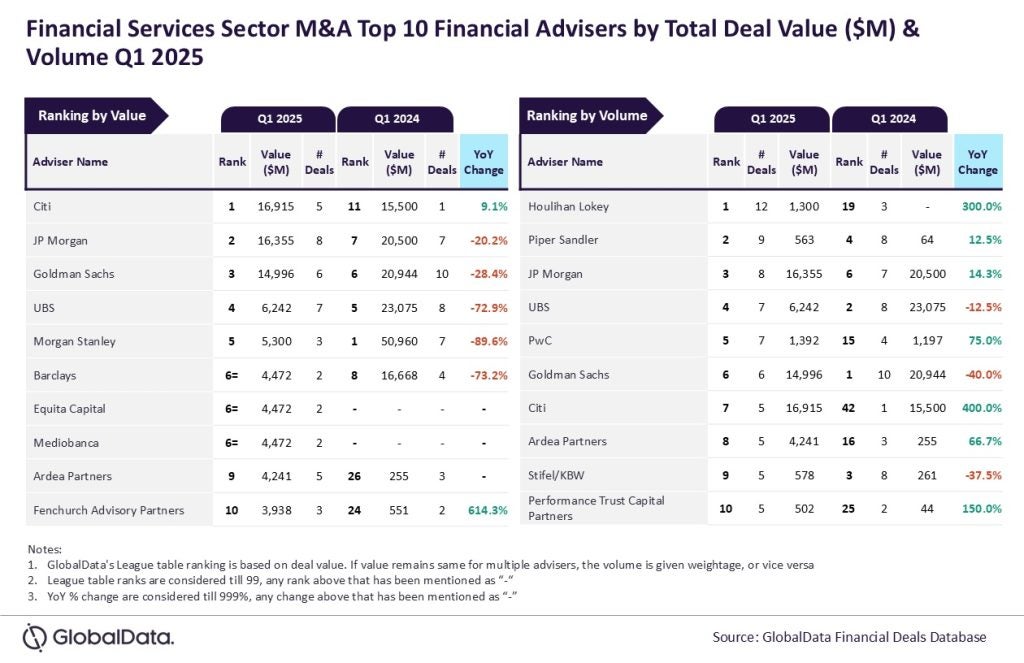Today marks the 10th anniversary of the launch of the contactless card. While some nations have embraced the offline payment method, such as the UK, others remain to be convinced. Ten years on, has contactless become a mainstream way to pay?
Lu Zurawski, Solutions Practice Lead, Consumer Payments at ACI Worldwide
Contactless technology is a hugely impressive piece of social technology. Its impact will go far beyond the world of plastic cards; it really is the beginning of an era of mobile payments where consumers feel comfortable waving smart phones or wearable devices like watches or rings to initiate their payments.
If current adoption rates continue, it is predicted that mobile contactless will reach three billion transactions in 2020, which is the same volume as card contactless in 2016.
It seems inevitable that a shift to contactless universal payments is now well established. If current adoption rates continue, mobile contactless will reach three billion transactions in 2020 (i.e. the same volume as card contactless in 2016 – an impressive catch up if this is sustained momentum.)
It is tempting to think that debates about consumer payment techniques and standards may now be ‘done and dusted.’
For all of our familiarity with contactless here in the UK, the transaction volumes for contactless usage are dwarfed when compared to the figures of (predominantly Chinese) mobile payments users who use optical bar code scanning techniques within schemes like Alipay and WeChat Pay.

US Tariffs are shifting - will you react or anticipate?
Don’t let policy changes catch you off guard. Stay proactive with real-time data and expert analysis.
By GlobalDataA significant proportion of Chinese consumers travel abroad and – not unreasonably – expect retailers to be familiar with their preferred way to pay. This is why high-value merchants across Europe and the US are currently working hard to add Alipay and WeChat Pay to their Points of Sale.
Despite their impressive volumes, I still doubt this will de-rail the progress of contactless. For many of us in cards markets, we are not keen on changing our habits and having to learn yet another new payment method. Nevertheless, the impact that WeChat Pay will have on developing markets should not be ignored.
Oscar Nieboer, Chief Marketing Officer, Paysafe
Since 2007, contactless has represented a faster and more convenient way to pay. But it’s not just the consumer checkout experience that has been affected by the rise of contactless cards.
The introduction of contactless cards in the UK represented the first tentative steps away from traditional payment methods, towards the cutting-edge digital alternatives of the future. Most prominently, the contactless functionality first introduced within cards has paved the way for smartphone apps like Apple Pay and Android Pay to introduce their popular ‘tap-and-go’ functions. But this is just the start.
Contactless cards have set the ball rolling in the payments industry, and their legacy will be observed in the subsequent technologies and innovations that have opened up awareness of payments in the minds of vendors, merchants and consumers.
The simple act of moving beyond physical money has opened our eyes to how quick, simple, and convenient payments can be. In turn, this realisation has cultivated the environment for myriad fintech innovations to emerge, develop and thrive – from digital wallets and smartphone apps and biometrics to cryptocurrencies such as Bitcoin.
Ian Bradbury, CTO for Financial Services, Fujitsu UK and Ireland
It is hard to believe that contactless cards have now been around for a decade, as we have only in recent years seen them receive significant uptake with consumers.
What was once seen as ‘scary’ and ‘unsafe’ to use, is now – thanks to its ease and education – resonating and growing in popularity with today’s consumers and now responsible for a third of all card transactions.
We expect this adoption of contactless payments to only grow, and become an increasingly important feature in the British payments landscape. Ultimately, both consumers and retailers are choosing to adopt solutions that are secure, quick and easy to use, as well as ubiquitous.
Not only are contactless payments quicker and easier to use than Chip and Pin, they are in a variety of ways more practical than small change and notes. The notable corresponding growth in debit card transactions also implies that this is not just growth fuelled by debt and easy credit – much of this increase will be a result of contactless payments being made purely due to ease.
Moreover, contactless payments have the added value of fuelling other payment solutions such as Apple and Android pay and other wearable technology, which isn’t so easily done with Chip and Pin.
The success of contactless payments highlights consumers today are quick to adopt new payments solutions that focus on improving their experience. That said, because consumer experience can cover many aspects including convenience, security, speed and ubiquity, it’s essential that providers put in place ways to improve the experience over current solutions.
If future payment solutions do not address all of these areas – which are fast-becoming an everyday expectation from consumers – then they are unlikely to be successful.








